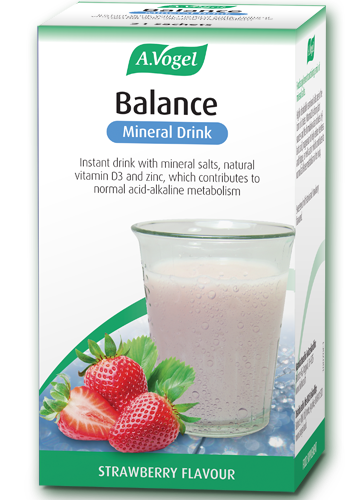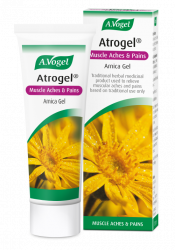What are shin splints?
‘Shin splints’ is a fairly general term given to pain experienced in the shin. They can have a number of causes, from inflammation and muscle tears to tiny fractures in your shin bone. In general they are experienced across a wide area of the shin, rather than a single point.
If you haven’t already, make sure to read my previous article on shin splints to find out a bit more about what they are and what causes them! This can be really helpful for highlighting some risk areas so that you know which of the following preventative tips to focus on.
So how exactly can you prevent shin splints from developing as a result of running?
7 top tips to prevent shin splints from running
Preventing shin splints is much easier than treating them, and we know that you’d probably prefer to avoid taking time out of your training if you can! So use the following tips to make sure you don’t develop this injury.
1. Switch to softer running surfaces such as a dirt trail, grass or sand. This will help to reduce the impact on your lower legs.
2. Take things slow – increase your running intensity slowly, and ease off a bit if you start to notice signs of injury or excessive fatigue. If you’re a new runner, avoid running two days in a row so that your muscles have plenty of time to recover.
3. Make sure to invest in a good pair of trainers that provide plenty of support and cushioning. This is especially important if there are no soft surfaces near you to run on – we understand that running on hard surfaces is the only choice sometimes, especially for those of you in big cities! Speak to your local running shop as they will be able to advise you on the best trainers for your foot shape and running style.
4. You should make sure to replace your trainers every 250-500 miles because at this point they lose up to 40% of their shock absorbing qualities1. Wet shoes are also less supportive, so if you’re running in the rain or through wet grass, make sure to have a spare pair to use the next day in case they don’t dry in time.
5. Try to incorporate some other forms of exercise into your routine to reduce the amount of pressure being placed on your legs. If you run every day, try to switch two or three of these for a non-weight-bearing form of exercise such as a cycle, swim or yoga class. If you run a few times a week, switch out one or two of these runs.
6. Make sure to correct problems like overpronation or flat feet. If you think this could be a risk factor for you, head to your local running shop where they can check if overpronation is a problem for you, and also recommend some insoles or trainers to correct this problem.
 7. If you’re a woman you may wish to consider taking a calcium and vitamin D supplement to make sure your bones are strong and healthy. Both of these nutrients can be found in our Balance Mineral Drink, alongside magnesium, zinc and potassium. This drink is fantastic at reducing fatigue and replacing electrolytes, so it makes an ideal post-run drink.
7. If you’re a woman you may wish to consider taking a calcium and vitamin D supplement to make sure your bones are strong and healthy. Both of these nutrients can be found in our Balance Mineral Drink, alongside magnesium, zinc and potassium. This drink is fantastic at reducing fatigue and replacing electrolytes, so it makes an ideal post-run drink.
8. Pay attention to your running technique. A good running technique helps to reduce the chance of injury, so this is always an important thing to focus on. Make sure you don’t land heel-first when you’re running, and focus on landing with your foot underneath you instead of out in front of you.
What to do if you do get shin splints
The most important thing you can do for shin splints is to rest. In general you will need to stop running for at least 2-3 weeks, if not longer! In the meantime switch to low-impact sports such as cycling, swimming or yoga.
Using arnica gel is also a great way to reduce inflammation and ease pain. Our own Atrogel arnica gel is made from freshly harvested, organic arnica flowers and provides quick relief for aches and pains.
When you return to running, take things slow and make sure to follow the preventative steps above!
Read my previous article for some more information on recovering from shin splints.








